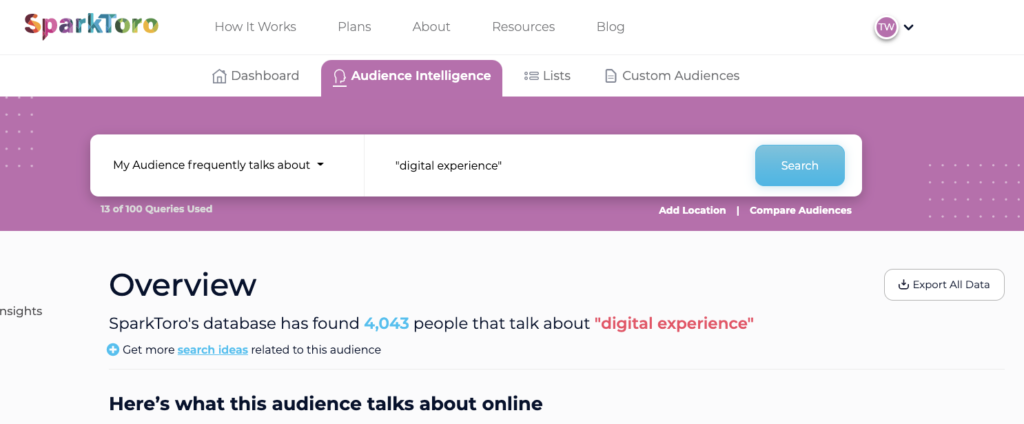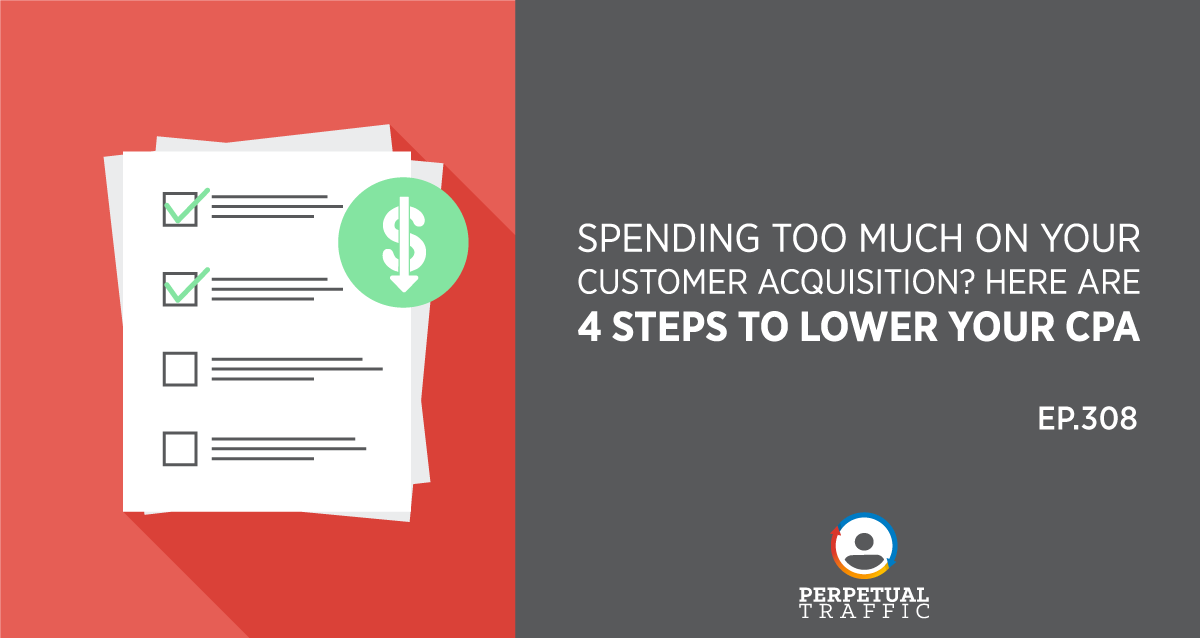Currently, there are six different Google Ads attribution models to choose from.
For those unfamiliar with attribution modeling, this can be a headache, to say the least.
Attribution modeling can help you better understand how, when, and why people converted on your ads on Google.

But choosing the wrong Google Ads Attribution Model can leave you with confusing, inaccurate data that can impact your future campaign success.
So, what kind of Google Ads attribution models are there? Which is best for a given goal? And… what are they in the first place? 🤔
That’s what we are here to answer.
Let’s dive into the Google Ads world of attribution modeling.
What are Google Ads Attribution Models? Why Does it Matter?
Attribution models in Google Ads aren’t unique to Google Ads alone.
In fact, Google Analytics has them too. Just about any analytics platform has different attribution modeling.
As a definition according to Google, attribution modeling is: “the rule, or set of rules, that determines how credit for sales and conversions is assigned to touchpoints in conversion paths.”
Simple enough right?
In even simpler terms: Attribution modeling is telling your analytics which channel or keyword to give credit for the sale/conversion.
So, why does any of this matter? Can’t we just say it was keyword X or channel Z that drove the sale?
Well, not really. It’s not that simple anymore, not in the era of inbound digital marketing.
It takes 7-13+ “touches,” otherwise known as engagements, with your business for a lead to convert.
This means that they could have visited your Instagram, your Twitter, your website, your landing page, your email, your remarketing ad, your RLSA, and more, all within the span of a month.
Now, do you start to see the problem?
Simply saying “oh yeah it was the twitter post that converted them” is just flat out wrong. Was it really the twitter post, or was it a combination of multiple channels, or a few in particular?
Attribution modeling seeks to give clearer data on what channels played the most important roles in converting a given prospect.
Now that you understand attribution models, what they are, and why they are important, let’s take a look at the current six you can choose from and select the best one for your Google Ads campaign goals.
A word of caution before we get onto the attribution models – with the myriad of different modeling choices and the ever-changing tech requirements involved, getting started can be daunting.
As we continue the path through a privacy-forward future, getting the measurement basics down is essential for all savvy marketers. Luckily, our partners at Google are giving our readers the chance to learn the secrets of measurement and attribution straight from…








 ‘ + data.settings.title + ” : ” }}} ]]>
‘ + data.settings.title + ” : ” }}} ]]>




